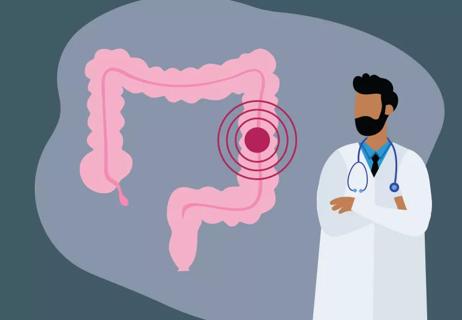Many active children don’t consume the recommended amounts

The U.S. Dietary Guidelines has a few surprises – one of which was that children ages 4 to 18 are not eating the recommended daily intake of dairy products.
Advertisement
Cleveland Clinic is a non-profit academic medical center. Advertising on our site helps support our mission. We do not endorse non-Cleveland Clinic products or services. Policy
This puts many children at increased risk for injury – or even rickets, says dietitian Kate Patton, MEd, RD, CSSD, LD.
Dairy products are an important part of the diet because in addition to providing carbohydrates, protein, and sometimes fat, they provide a wealth of vitamins and minerals, including calcium and vitamin D.
Calcium and vitamin D are important during all stages of life. Calcium is required to keep bones strong and vitamin D is necessary for our body to absorb calcium. So adequate dairy intake is important for active young athletes.
Dairy products such as milk, yogurt and cheese are the richest sources of calcium.
Boys and girls ages 4 to 8 need 2.5 cups of dairy products per day, while children ages 9 to 18 need three cups per day. Meeting this goal should not be hard given that there are many forms of dairy.
One of the key recommendations in the new dietary guidelines is to include fat-free or low-fat dairy.
The dietary guidelines recommend fat-free or 1% dairy products over 2% milk, whole milk and regular cheese because they provide the same nutrients, with less fat.
The guidelines also encourage choosing milk and yogurt more often than cheese because they contain less saturated fat and sodium, but more potassium and vitamins A and D.
Advertisement
If your child is lactose-intolerant, serve lactose-free milk, yogurt and cheese. They have the same amounts of calcium and vitamin D, in addition to other vitamins and minerals. Soy milk also is fortified with calcium, vitamin D and other vitamins and minerals.
To help your child meet the recommended intake of dairy, try these suggestions for meals and snacks:
Breakfast
Lunch
Dinner
Pre-practice/game snacks
Post-practice/game snacks
“Ensuring young athletes meet their dairy needs will ensure they develop optimal bone density which can help reduce their risk of injury and allow them to participate in sports for years to come,” says Patton. “Remember to set the example as parents by eating dairy sources daily.”
Advertisement
Learn more about our editorial process.
Advertisement

Be sure to check the labels of common foods like canned tuna, bread, hot dogs and chocolate

This dairy product can help you lose weight, manage blood sugar and strengthen bones

A delightfully refreshing dessert

Quick and delicious breakfast option

Why you should add more (plain) yogurt to your diet

The creamy cooking ingredient is delicious but not without its risks

Mixing nonfat and low-fat cream cheese combine for great taste

CHANGE ADDED NOW Lorem ipsum dolor sit amet. Non voluptatem quibusdam qui nobis laborum in animi autem est veritatis temporibus quo impedit eius. Quo possimus quaerat sit odio omnis est commodi consequatur vel assumenda itaque. I ADDED THIS JUST NOW CHANGE

Type 2 diabetes isn’t inevitable with these dietary changes

Applying a hot or cold compress can help with pain